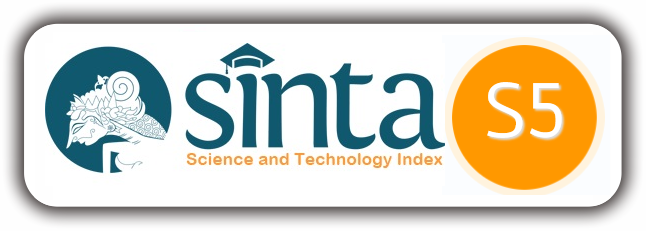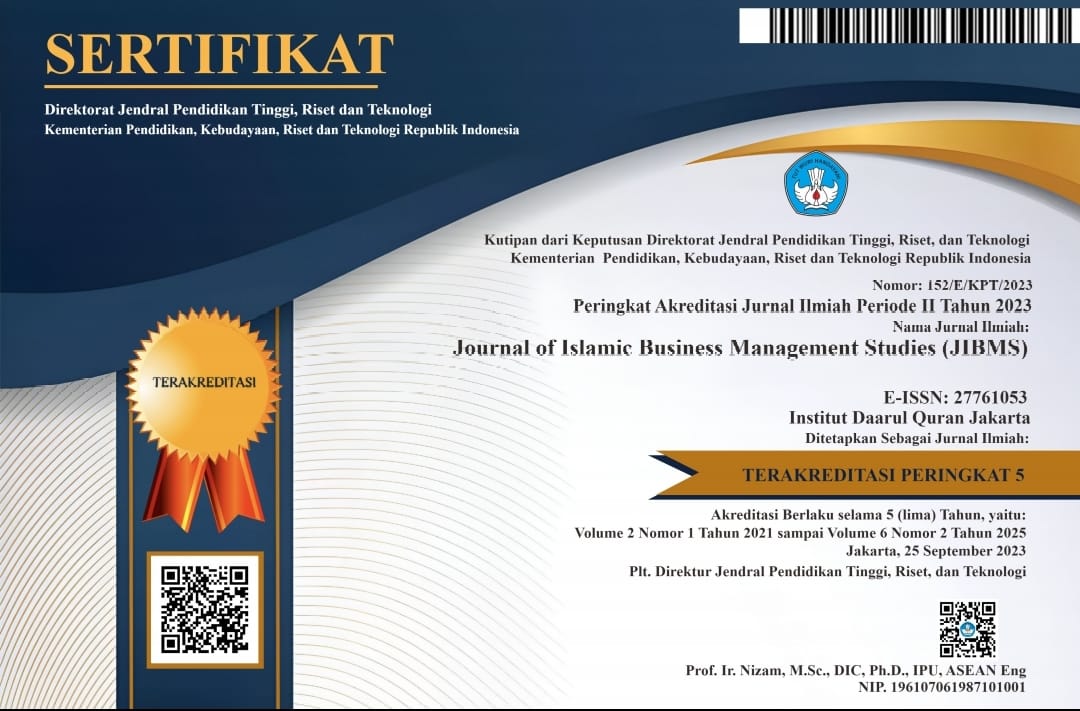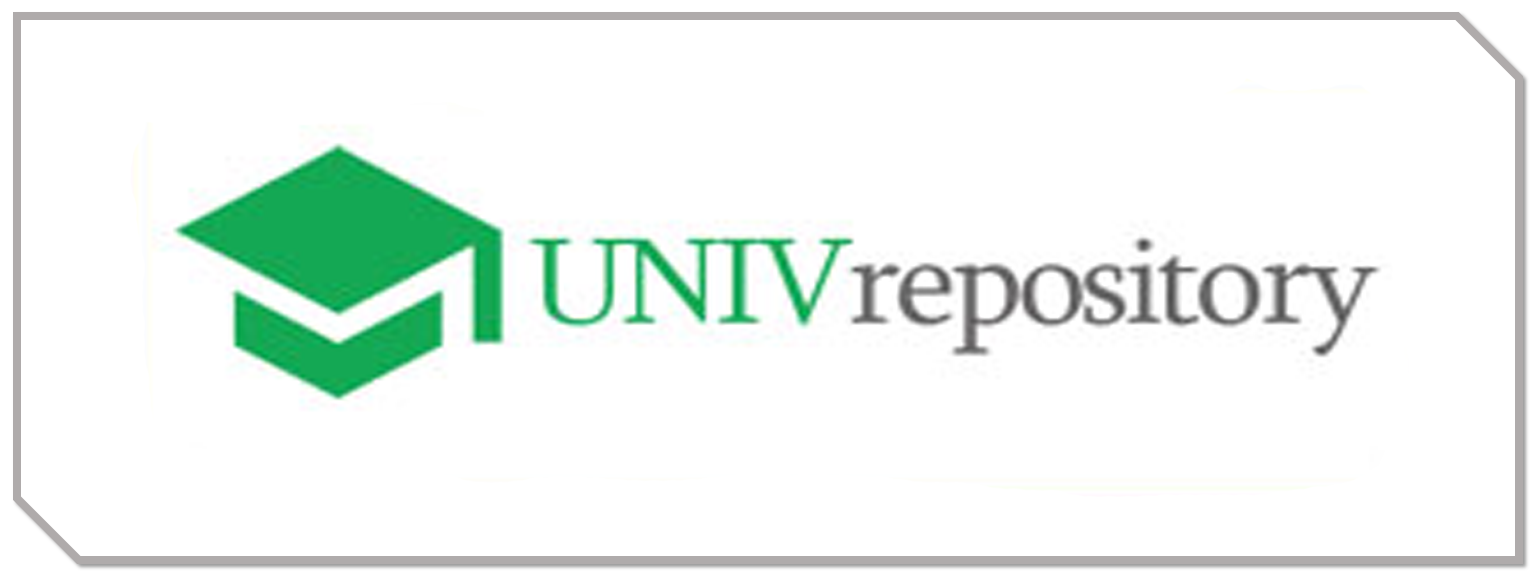STRATEGI PEMASARAN HOME INDUSTRY DALAM MENINGKATKAN EKONOMI KELUARGA BERDASARKAN PERSPEKTIF EKONOMI ISLAM
DOI:
https://doi.org/10.51875/jibms.v4i2.225Keywords:
Marketing, Home Industry, Family EconomyAbstract
The research was aimed at analyzing home industry strategies for improving the family economy from the perspective of Islamic economics, with a research focus on the home industry of "Abadi" woven bags in Babadan Village, Paron District, Ngawi Regency. This research is included in the type of qualitative research with data collection methods through observation and interviews as the main data. The results of this study indicate that the marketing strategy carried out by the woven plastic bag home industry "Abadi" in the village applies a marketing mix that includes quality and superior products among other woven bag home industries at a price where the selling price set by the Abadi home industry is very affordable for society and adjusted to the general price in the market. Place (place) or distribution, which is in a strategic location, is Abadi's home industry's way of distributing its products, namely by direct and indirect means. promotion strategy applied through personal selling. Based on the perspective of Islamic economics, the implementation of marketing strategies in the "Abadi" woven bag home industry in Babadan Village, such as products, prices, distribution locations, and promotions, is in accordance with Islamic economics. Marketing is not just carrying out business activities but also in accordance with Islamic principles, which uphold the values of honesty and justice. Marketers also have ethics (morals) that comply with the criteria in the Al-Qur'an and Hadith.













